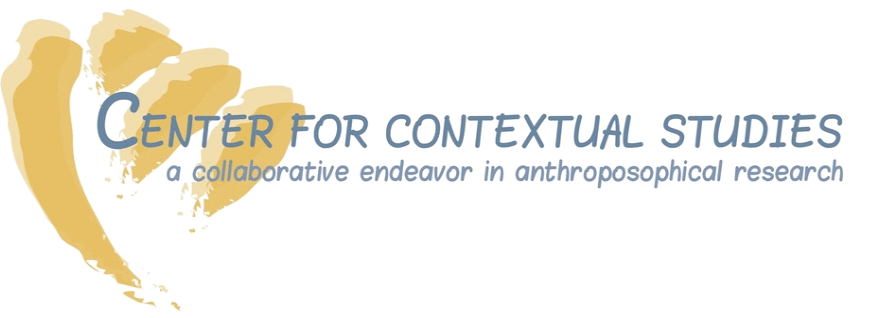Next week, we will gather in Santa Rosa for the fifth Phenomena to Insight science teachers working conference to explore the themes of life and light. More detailed information about the conference can be found by clicking through the buttons on the workshop page. Please register now if you are planning to attend! You can do this online or by contacting Beth at www.findingcontext.org.
We will have two open lectures as part of the conference this year. Both will take place in Sophia Hall on the Summerfield campus, and offer windows into the conference themes.
“The Life of Thought” by Jon McAlice, Monday, February 19, 7:00 p.m.
We are accustomed to think of the etheric in relation to the young child. These living forces also play a central role in the emergence and individualization of thinking in adolescence. Can we learn to work more consciously with them in helping our students grow concepts that can live on in them?
“Contrasting Experiences of Embodied and Digital Spaces” by Wilfried Sommer, Tuesday, Feb. 20, 6:30 p.m.
As human beings, our self-awareness is developed in the context of resistance in physical space. In the digital world, the virtual world of technology, the quality of space is changed and there is no resistance. Our soul development must then take place without resistance. What are the conditions for self-awareness to develop in a human being?
Wilfried, a full professor at Alanus University, has recently written an article, "On the role of embodied learning in light of the rise of information networks", which is excerpted below. The entire article, translated to English can be found on the writings page.
If one accepts Fuchs' claim that the spatial experience of the human being always remains connected to an underlying bodily fundament, one finds that basic pedagogical questions appear in a new light: the "body as the basis of learning“ becomes a theme of kindergarten and lower school pedagogy, and also increasingly of high school pedagogy. Here, the focus is on teaching-learning processes that build on the spatial and bodily presence of pupils in instructional episodes. On the one hand, one has to organize one's teaching to deal with the diminishing sense of coherence of bodily experience; on the other hand, one looks for ways to compensate for this decrease, or even to develop a new sense of coherence through instructional means. Hübner views artistic activity as such a balancing counter-weight.
